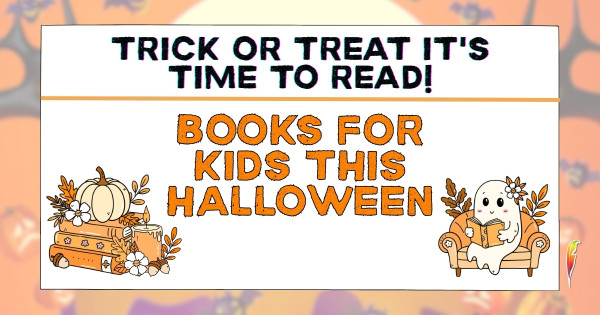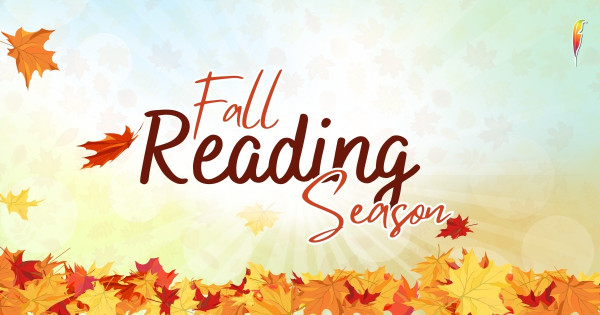
Edit Your Own Writing, Create Your Own Masterpiece
Editing is just as much of a skill as writing is. Not to scare you but the truth is that finishing the first draft is just one-fourth of the whole work done. Yes, just one-fourth! We do not, however, intend to discourage you. In fact, we are here to encourage all the writers reading this to edit their work themselves. There are many reasons why you would and you should choose the daunting task of editing your writing. First, there is nothing wrong with acquiring a new skill to add to your existing skillset. Second, many writers cannot often manage to get themselves editing services; sometimes due to financial restrictions. Third, when another person edits your work and sends it back to you for revisions, it drains almost half of your energy to just look at the reviewed document.
This list can go on but we are here today to talk about self-editing. On the face of it, editing seems like undertaking a complicated assignment that requires a good deal of detail. But when this assignment is divided into steps, it becomes a lot easier. Read on to find out how you can create your personalized step-wise agenda for the perfect editing of your writing.
Analyzing Your Draft Critically
Believe it or not, the first step that goes into editing is just a reading of the draft. Yes, a careful, critical reading. Understand the significance of this step so that you employ your heart and soul in reading your draft. This step is important because it will reveal patterns, repetitions, tone, inconsistencies in subject-verb agreement, overwhelming misuse of passive voice, sentences that appear odd, and much more. As a first action, you can simply mark the places where you see some trouble. You do not necessarily have to know at once what the trouble is all about. The fact is, by the end you finish reading, you will actually have more know-how of what must go into your checklist. There are two broad areas in which your draft will need fixing; one in respect of grammar and the other in respect of the content (the story, in other words). If you are doing book editing, you can break down the task chapter-wise. Reading your draft aloud will also be very helpful in bringing the much-needed critical ear. Moreover, your brain will aptly pick tone issues this way.
Generating a Checklist
Now that critical reading is done, the checklist has already been generated in your brain. You just have to put it on paper in as detailed a way as possible. Either you choose to list down all the possible errors that you have noted or you want to set separate broad categories to contain minor errors, is at your discretion. Just make sure the checklist is detailed and covers all of the possible areas where corrections and re-writings are required. This checklist is going to be your editing guide. So, draft it carefully! Any generic editing tips might skip this step, but for self-editing – it is pivotal.
Addressing Repetitions
Reading of the draft will reveal a lot of repetitions; both in terms of words and sentences. These repetitions are not errors but they often steal the beauty of writing. The golden rule is: you have to keep it as precise as it can get. The simplest way to get rid of the repetition of words is to take help from a thesaurus. You can find plenty of synonyms and can easily replace the repeated words with new words having similar meanings. Remember, editing is just as much about making the writing worth reading as it is about correcting grammatical errors.
Dedicate a good amount of time to make sure you beautify the language. Now there is a little trickier part as well, and it relates to undoing the sentences that are similar. By this, we mean the sentences that are starting in a similar tone. There can be a million different ways to say something. Getting rid of sentence repetition is just doing that. You need to do this because it will make your writing more diverse. No thesaurus will help you here. Your creativity will be your strength in this part of self-editing.
Relying on Online Tools
There are many online editor services available these days for free. These services come with tools that can identify even bleak errors as punctuation. These tools are even apt to point out where the language is wordy, thereby suggesting reduction. There is nothing wrong with making use of these online editing facilities. But, if you are engaging in self-editing for the sole purpose that you may sharpen your editing skills, you should avoid online tools. However, you can still use them to counter-check. If you are relying on an online editor, ensure that you select the one which is trusted by consumers.
Since you are both the writer and the editor, it will get difficult to pinpoint some errors as errors because you, as a writer, have become accustomed to writing a certain way. The best example of such errors is passive voice misuse. Most of the writers commit this mistake repeatedly in their writing. An online tool can really help you in exposing passive voice misuse. Trust that and do the re-writing.
Formatting
Most of us don’t like to get into the smallest details like formatting. You can leave it for the end. If you intend to send your writing for professional editing after the self-editing part, you can also leave the formatting part for the service you avail. But if you are going to finalize it yourself, do the formatting. You can do it using the auto-generated ‘contents’ section as well. Everything must be in perfect shape before it is printed.
We have covered the self-editing toolkit for you in this blog. We want to tell you that editing is not going to be irksome once you begin doing it in an organized way. We also want to tell you that at some point, you will begin to enjoy this activity. It stimulates your brain, sharpens your critical ability, and blesses you with an eye for detail. Take up the task and do it! We wish you all the best!
Happy editing!
Connect with Austin Macauley Publishers for more such blogs and submit your manuscript if you are looking for publishing your work. You can also make a quick and easy submission through the online submission form. You can stay updated with our new releases and activities by joining our family of authors and readers on Facebook, Twitter, and Instagram.
We use cookies on this site to enhance your user experience and for marketing purposes.
By clicking any link on this page you are giving your consent for us to set cookies



